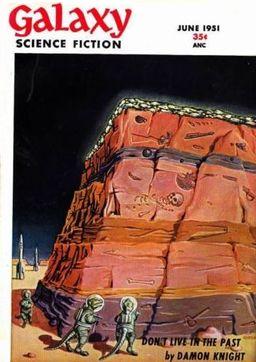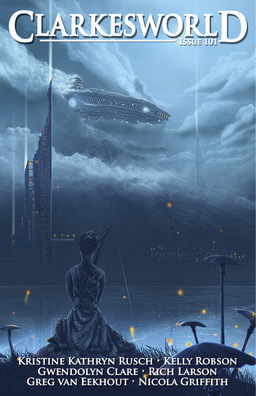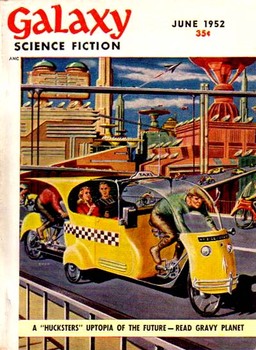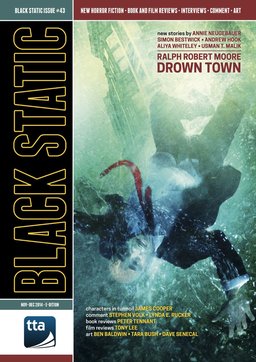January Short Story Roundup
 Here we are again with a new batch of short stories for your reading pleasure. Some were good, some were alright, you know, the usual. Remember, though, whatever I write about these stories, take the time to go check them out yourself and let the writers and magazines know what you think.
Here we are again with a new batch of short stories for your reading pleasure. Some were good, some were alright, you know, the usual. Remember, though, whatever I write about these stories, take the time to go check them out yourself and let the writers and magazines know what you think.
Swords and Sorcery Magazine Issue 36 marks three years of continuous publication and is one of its best in a while. The first tale, “The Fourth River” by Brandon Ketchum, is a good old bit of monster-fighting set in the forests of a magical land called Ohio, in a seventeenth century filled with fantastical beasts. The story tells of the violent encounter between a party of colonial traders and a bunch of Shawnee with a Kinepikwa — a giant serpent with antlers and the power to paralyze any unlucky enough to view the evil gem embedded on its brow.
“The Fourth River” is good example of the continuing movement by some writers away from the too, too common medieval trappings of much fantasy. There’s not much to the characters — they’re too busy struggling to save the Ohio Territories from destruction — but Ketchum does a good job limning out his alternate reality in six thousand words.
Issue #36’s second story is “Warden’s Legacy” by Daniel Moley. It’s only his second published story, but it feel like it’s part of a much longer tale. Dane is a talented soldier hoping to join up with an elite unit, the Phantoms. They are the frontline in a war against a force of wizards bent on resurrecting the Forshai, a race of reptilian beings who once ruled mankind. Not a bad story at all, with enough tantalizing refrences to a larger world to make me want to read more.








